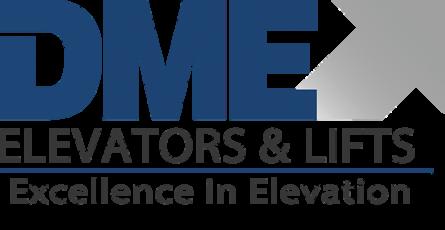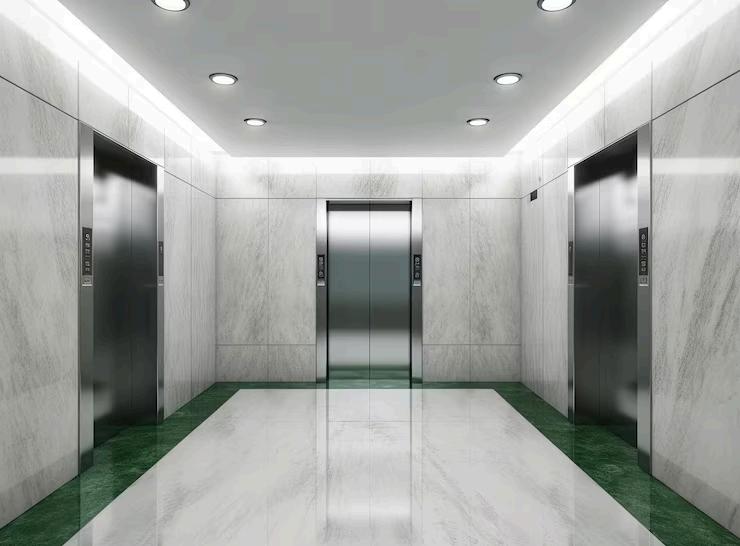

TABLE OF CONTETNTS
Introduction Understanding LULA Elevators
The Importance of Regular Maintenance Components of Elevator Maintenance
Conclusion


INTRODUCTION
Elevators are integral to modern urban life, providing convenient vertical transportation in buildings of all shapes and sizes. Whether in commercial high-rises, residential complexes, or even private homes, elevators are relied upon daily to transport people and goods efficiently and safely. However, like any mechanical system, elevators require regular maintenance to ensure smooth and reliable operation. This is especially true for specialized elevators like LULA (Limited
Use Limited Application) elevators, which serve low-rise buildings with limited space or accessibility requirements. In this blog, we'll explore the importance of regular maintenance and its impact on the performance of elevators, with a focus on LULA elevators.

Understanding LULA Elevators
LULA elevators are a type of elevator designed for low-rise buildings with fewer floors and limited space. Unlike traditional passenger elevators, they are smaller in size and capacity, making them ideal for buildings where a full-size elevator may not be practical or necessary. This elevator are often installed in buildings such as schools, churches, small office buildings, and residential complexes to provide accessibility for individuals with disabilities or mobility challenges.

The Importance of Regular Maintenance
Regular maintenance is essential for ensuring the safe and reliable operation of elevators, including LULA elevators. Here are some key ways in which regular maintenance impacts elevator performance:
Preventive Maintenance: Regular maintenance helps identify and address potential issues before they escalate into costly repairs or downtime. By conducting routine inspections, lubrication, and adjustments, elevator technicians can detect worn components, loose connections, and other issues early on, preventing malfunctions and breakdowns.


Optimal Performance: Proper maintenance helps keep elevator components in optimal condition, ensuring smooth and efficient operation. Regularly lubricating moving parts, adjusting tension on cables and belts, and cleaning sensors and switches can help minimize friction, reduce wear and tear, and improve overall performance.
Safety Compliance: Elevators are subject to strict safety regulations and codes to ensure the safety of passengers and operators. Regular maintenance helps ensure that elevators remain compliant with safety standards, including inspections, testing, and certification of critical components such as brakes, emergency systems, and door mechanisms.

Extended Lifespan: Regular maintenance can significantly extend the lifespan of elevators, including LULA elevators, by reducing the risk of premature wear and mechanical failures. Properly maintained elevators are less likely to experience costly breakdowns and repairs, saving building owners time and money in the long run.
Enhanced User Experience: Well-maintained elevators provide a better user experience for passengers, with smooth rides, minimal downtime, and reduced noise levels. Regular maintenance helps ensure that elevators operate reliably and efficiently, improving tenant satisfaction and building reputation.

Components of Elevator Maintenance
Elevator maintenance involves a comprehensive range of tasks designed to keep elevators running smoothly and safely. Some key components of elevator maintenance include:
Inspections: Regular inspections are conducted to check for signs of wear, damage, or malfunctioning components. Elevator technicians inspect various parts of the elevator, including cables, pulleys, motors, brakes, doors, and safety systems, to identify any issues that require attention.
Lubrication: Lubricating moving parts is essential for reducing friction and preventing premature wear. Elevator technicians apply lubricants to bearings, rollers, guides, and other components to ensure smooth and efficient operation.

Cleaning: Regular cleaning of elevator components helps remove dirt, dust, and debris that can interfere with operation or cause damage over time. Elevator technicians clean elevator cabins, doors, tracks, and sensors to ensure they remain free of obstructions and function properly.
Testing and Certification: Elevator technicians conduct regular testing and certification of critical safety systems, including emergency brakes, overspeed governors, door interlocks, and fire recall systems. Testing ensures that elevators meet safety standards and operate as intended in emergency situations.

Adjustments: Elevator technicians make adjustments to various components to maintain proper tension, alignment, and operation. This may involve adjusting cable tension, door closing force, leveling sensors, and speed regulators to optimize performance and safety.


Conclusion
Regular maintenance is essential for ensuring the safe and reliable operation of elevators, including specialized elevators like LULA elevators. By conducting routine inspections, lubrication, adjustments, and testing, elevator technicians can identify and address potential issues before they escalate into costly repairs or downtime. Proper maintenance helps keep elevator components in optimal condition, extends the lifespan of elevators, ensures compliance with safety regulations, and enhances the user experience for passengers. Building owners and managers should prioritize regular maintenance of elevators to maximize performance, safety, and longevity. With proper maintenance, elevators can continue to provide efficient vertical transportation for years to come, contributing to the comfort and accessibility of buildings and communities.


